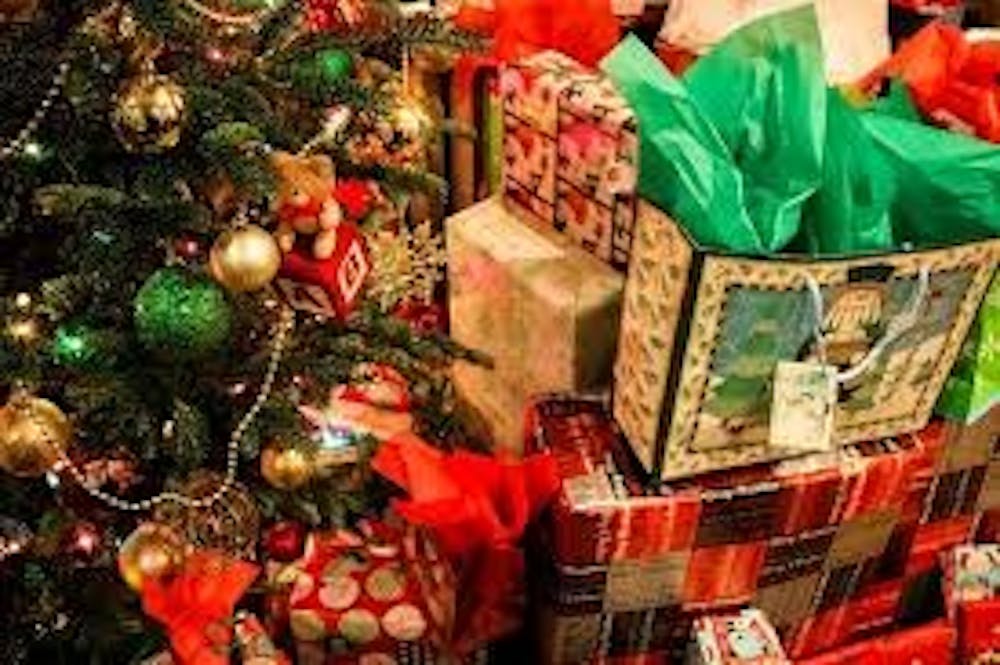
For many people, the end of November marks the start of holiday shopping season. While searching for the perfect present can be fun, it can also be infuriating. Perhaps the most difficult gifts to find are those for young girls interested in STEM. In an age of iPhones and AI, one would expect to find toy options for girls extending beyond baby dolls and play carriages. Unfortunately, many toys aisles today look like they’re designed more for the Stepford Wives than for the intelligent, dynamic young girls of 2018.
Numerous studies have shown the impact toys have on children, from the development of their spatial skills to their sense of self. Nevertheless, a 2012 study found that toys today are more rigidly gendered than similar toys sold a half-century ago. Many toys marketed toward girls perpetuate gender stereotypes tethering girls to realms of domesticity and decoration, while associating boys with strength and innovation.
The lack of representation in the toy market can have significant consequences for children of color. During the 1954 case Brown vs. Board of Education, the “doll test” revealed that African-Americans favored white toys, while rejecting Black dolls. A more recent recreation of the experiment, completed in 2010, showed that children today still display a preference for white dolls.
The American Association of University Women (AAUW) has stressed that stereotype threat, stemming from implicit biases surrounding STEM abilities of women and men, remains a major hindrance to the advancement of girls in STEM. According to the AAUW, over 70 percent of Implicit Association Test participants around the globe demonstrate an implicit bias toward “female” with arts and “male” with science. Girls of color face even more daunting levels of stereotype threat as a result of their combined racial and gender identities. Still, researchers have emphasized that toys have the capacity to shape children’s worldviews, which can have lasting detrimental or positive effects.
The right toys, therefore, represent an opportunity to help create a world that encourages young girls to pursue their ambitions, regardless of their identity. To help holiday shoppers find STEM-centered presents for the young girls in their lives, I’ve created a list of five holiday gifts to buy this year for under $50.
Some might wonder why I didn’t create a list of presents for all children interested in STEM. Why not simply purchase a classic LEGO kit, rather than the Women of NASA Kit? Personally, I believe it’s crucial for young girls to see themselves represented. I tried to select toys that depict girls and women, not merely as addendums, but as central actors. I chose items that celebrate girls’ identities, rather than aiming to create a space where “male” is neutral. Furthermore, women of color are directly represented in the first four gifts.
1) LEGO Women of NASA Building Kit – This kit includes miniature characters of four trailblazing women in STEM: Nancy Grace Roman, Margaret Hamilton, Sally Ride, and Mae Jemison. It has over 200 pieces, and LEGO recommends the set for children over ten. The gift retails for around $20.
2) Women in Science: 50 Fearless Pioneers Who Changed the World – As its title suggests, this book by Rachel Ignotofsky features dozens of stories about amazing women in STEM – from Katherine Johnson to Jane Goodall. Ignotofsky also designed vivid color illustrations that accompany each tale. Barnes & Noble recommends the book for readers aged 10-17 and sells copies for just over $15.
3) Doc McStuffins Hospital Bag – This gift is based off of the popular Disney program for preschoolers, which stars a 6-year-old African American heroine “Doc McStuffins”. It includes a range of play tools, from an otoscope to a syringe to an ID badge featuring Doc McStuffins herself. Target sells the toy for just under $15.
4) SmartGurlz Zara Doll with Siggy Coding Toys – Founded by Sharmi Albrechtsen, SmartGurlz is the first company to produce coding robots designed specifically for young girls. When users purchase the Zara doll, they connect the toy to the SmartGurlz “Sugar Coded” app, which hosts various levels of coding-focused games. At the moment, Amazon is selling the toy for just under $50.
5) GeoSafari Jr. Talking Microscope – This mini-microscope for preschool children comes with twenty microscope slides and covers a range of topics – from butterflies to bees. Bindi Irwin serves as the toy’s narrator, providing stories and information about each of the featured slides. Amazon is currently selling the toy for just under $45.
I’ll be the first one to acknowledge that my list is flawed. The SmartGurlz Doll still requires access to a smartphone or similar electronic device, which may make it inaccessible to children from lower-income backgrounds. The Women on NASA Kit only features one woman of color. Perhaps the most frustrating aspect of creating my list was that it was nearly impossible to find STEM toys that both centered around girls and did not focus solely on appearances. As I scrolled through the “Chemistry & physics” section of a major US retailer’s website, the only toys that featured images of girls on their boxes were options like “DIY bath bombs” and “Crayon Makeup Science Kit.” If a girl happens to love fashion and science, we should encourage both. But, it’s both dismissive and backwards to assume she has to love both to possess a full identity. Nonetheless, while the list isn’t perfect, I hope it can help ease a holiday shopper’s frustration, and maybe help enhance a little girl’s interest in STEM.





